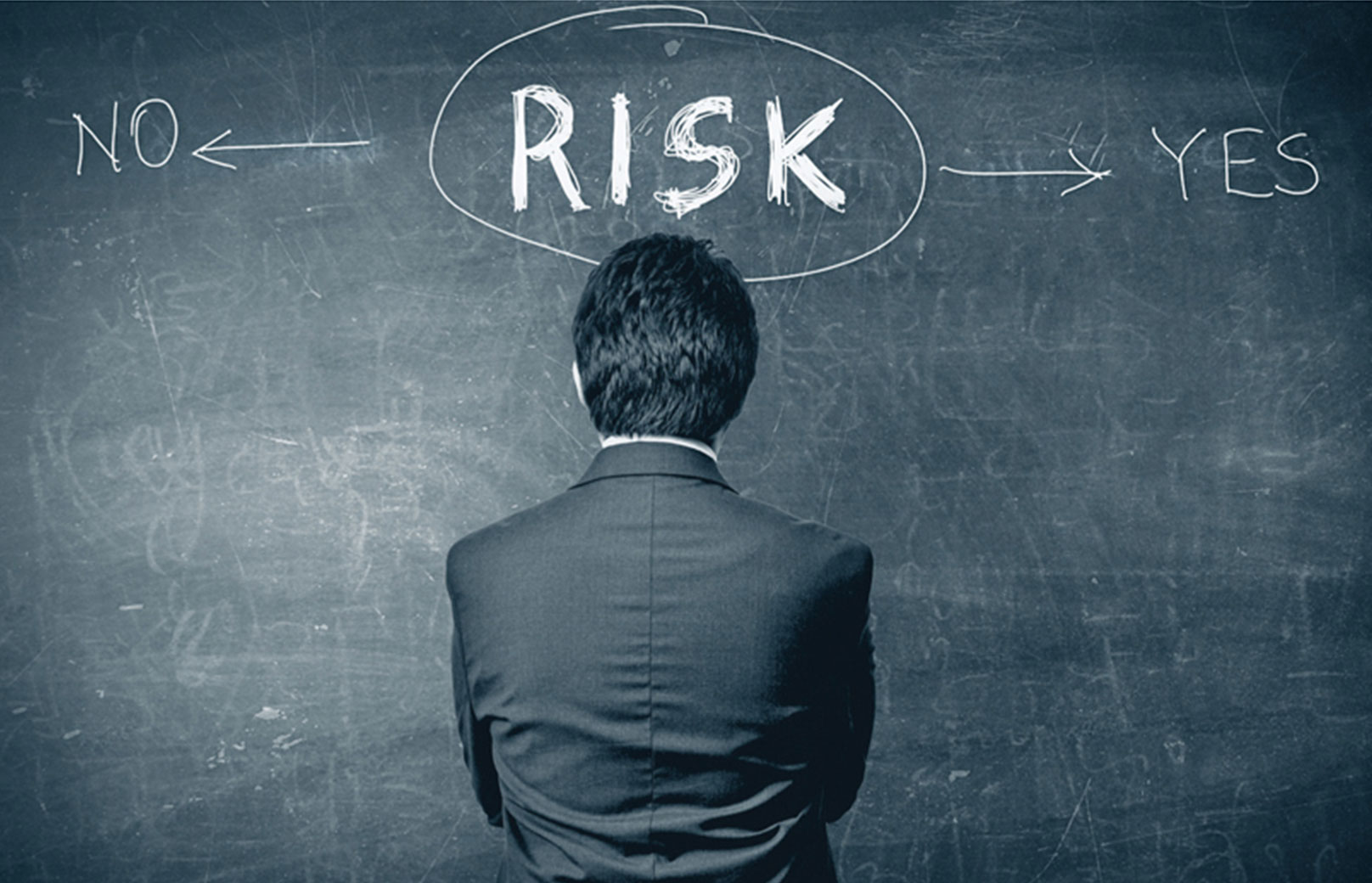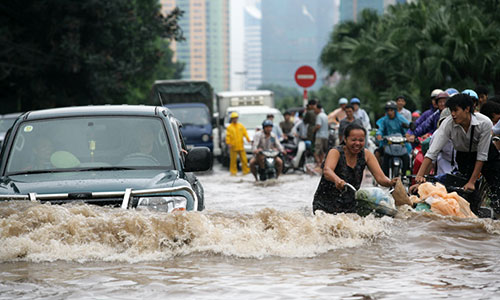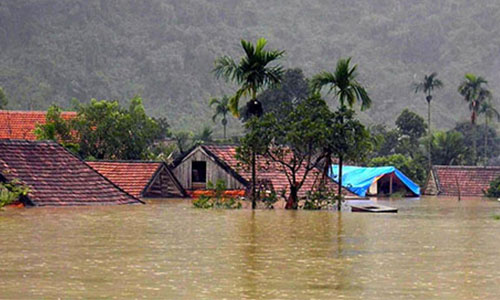Self-insurance provides protection against loss by setting aside money for high frequency and low-severity type losses. The Government will retain and finance a portion of its risk based upon sound actuarial expected loss projections.





It is almost inevitable that all countries have their economy severely impacted by a natural disaster or catastrophe at least once every decade. Most countries will use their national budget to deliver some restitution to repair or replace the country’s damaged infrastructure and, sometimes, assist with citizens who have been displaced or lost all possessions. This natural disaster budget support does not often extend to getting the “economy back-on-track” by supporting agriculture, SMEs and other areas of the economy that need to be rebuilt after a natural disaster or catastrophe. Additionally, what a country uses from its budget to fund disaster recovery costs cannot be used for its previously intended purpose, possibly limiting development or social programs for the future for which that budget was originally targeted at As a result, governments around the world are slowly developing a country disaster risk finance strategy. This strategy sets out options for deciding on where funding will come from to fund recovery costs. The strategy will highlight different finance tools that can be used for different levels of recovery. Insurance is one of these disaster recovery funding tools. The challenge for each government is to find suitable insurance products that match their risk needs and offer premiums and benefits that offer value to the government. The strategy will include an assessment of risks in the environment and an assessment of risks in the financial and insurance sector in the country (though the second is often overlooked). Many developing countries do not have a strong insurance sector to support the amounts that may be claimed by a country for damage from a catastrophic event. The strategy and plan will ensure money is available. However, as with any insurance policy, there is no guarantee that the policy will meet all aspects of a claim after a disaster. To create certainty, governments are now considering “self insurance” as a finance tool to cover damages to government owned assets from a disaster. For self insurance the government will set up a separate fund that will be funded from the premiums that were previously paid to commercial insurers. All damages to government assets will be covered from the “insurance fund”.
Self-insurance provides protection against loss by setting aside money for high frequency and low-severity type losses. The Government will retain and finance a portion of its risk based upon sound actuarial expected loss projections.